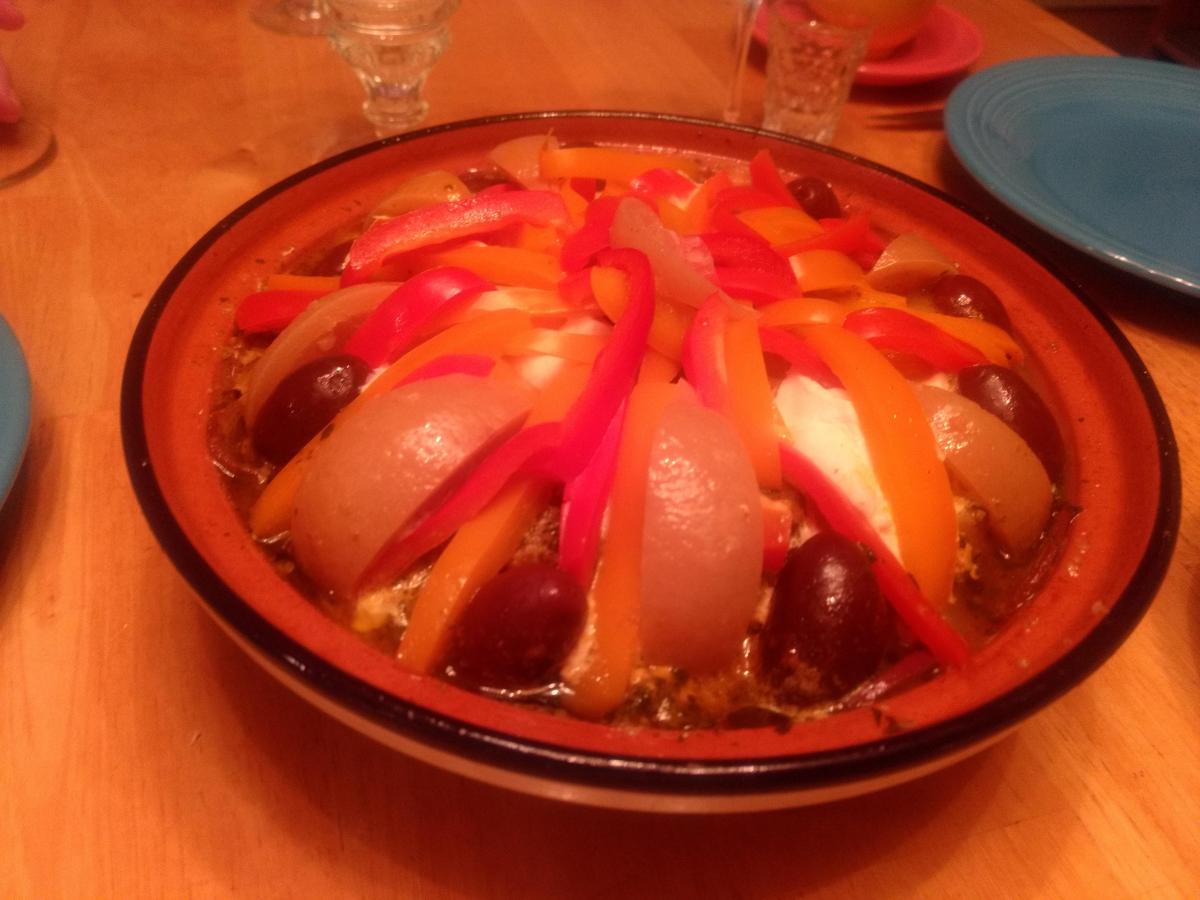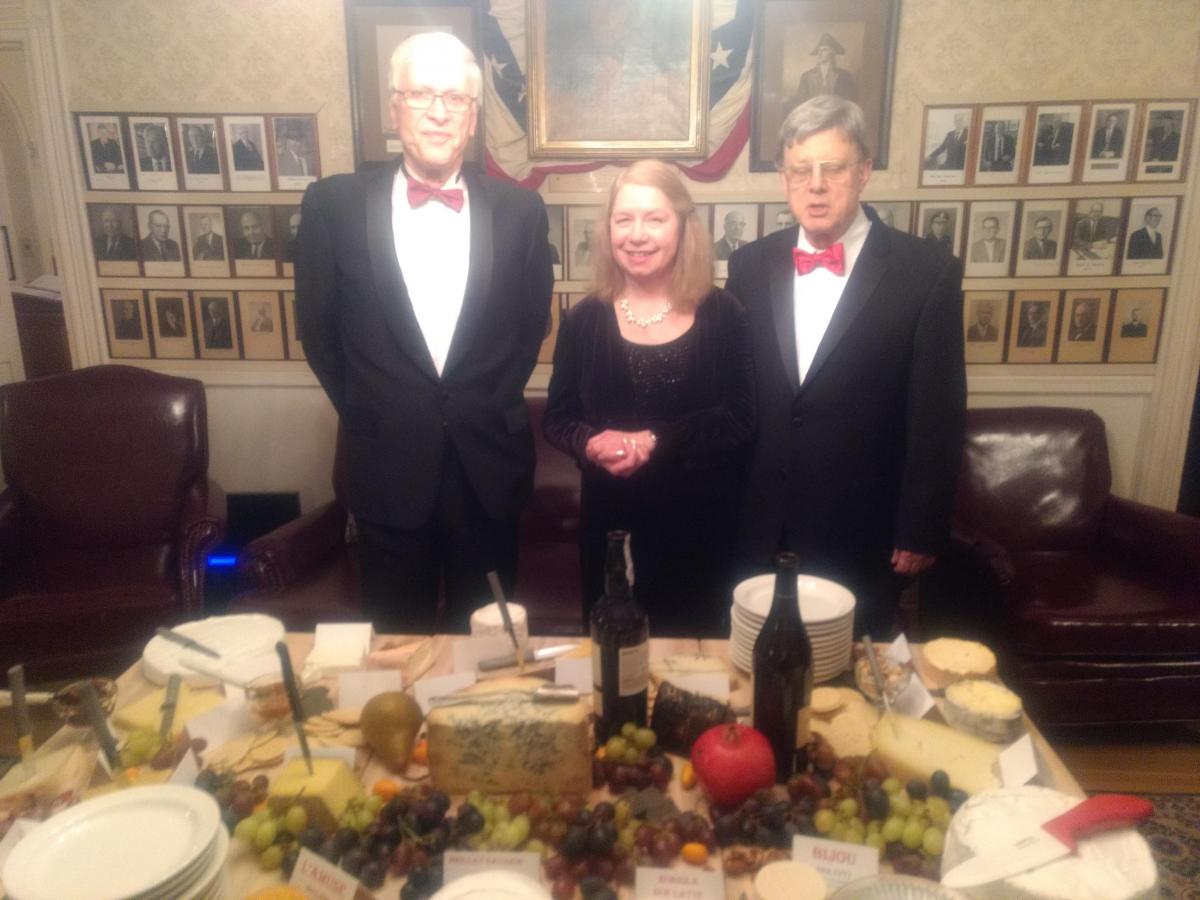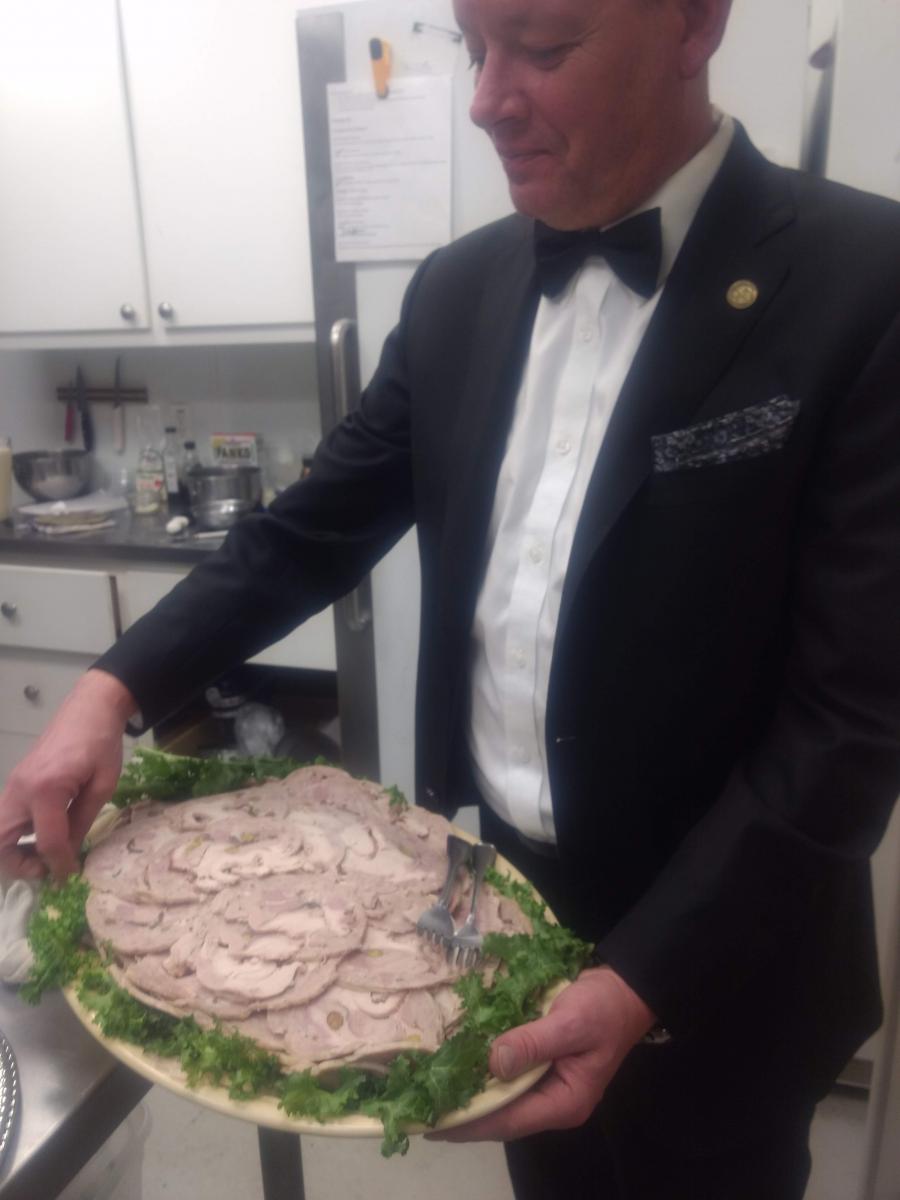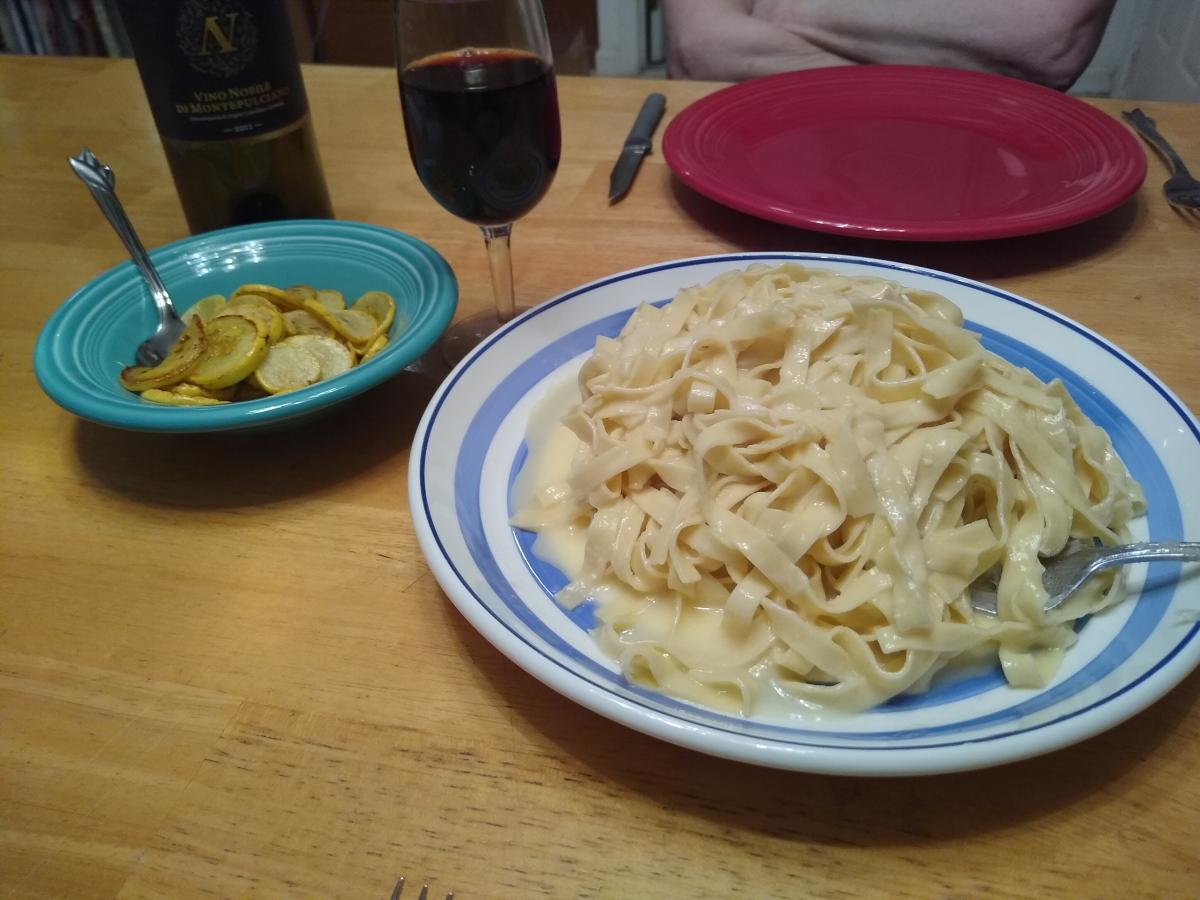
Everyone knows that classic Italian favorite Fettuccine Alfredo! But most of what we get in this country is a rich, somewhat bland mass-consumption version of a very fine (if labor-intensive) recipe from Rome. The original version is well known and the technique is brilliant - this one is well worth making.

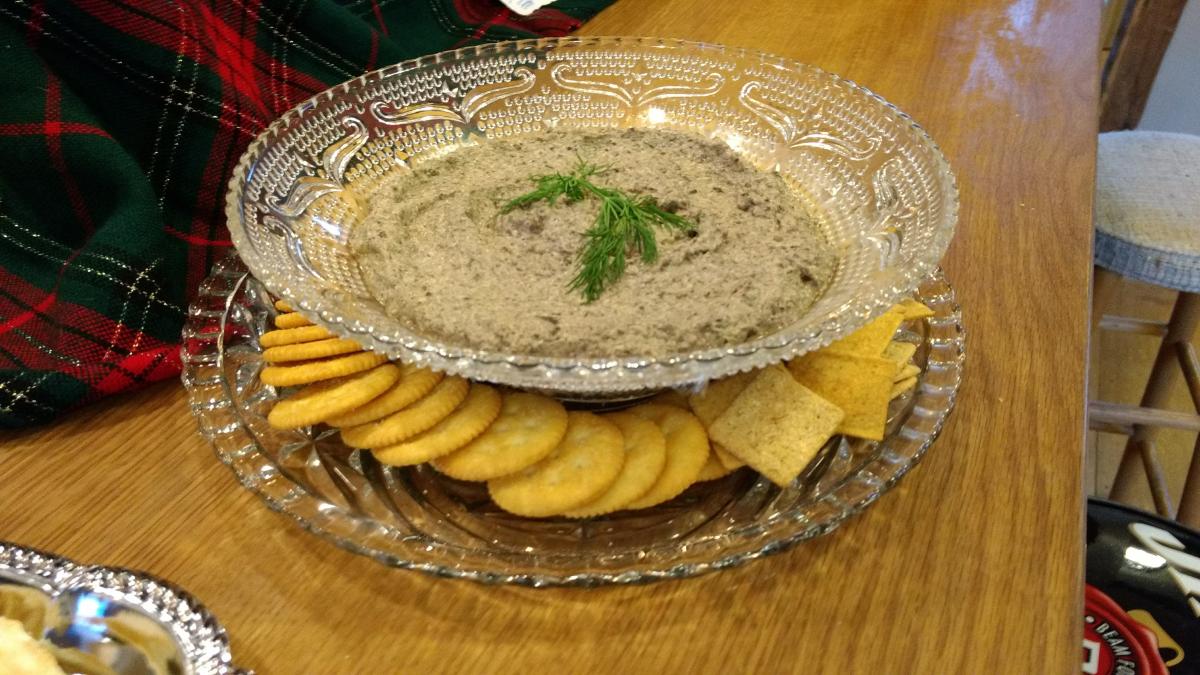
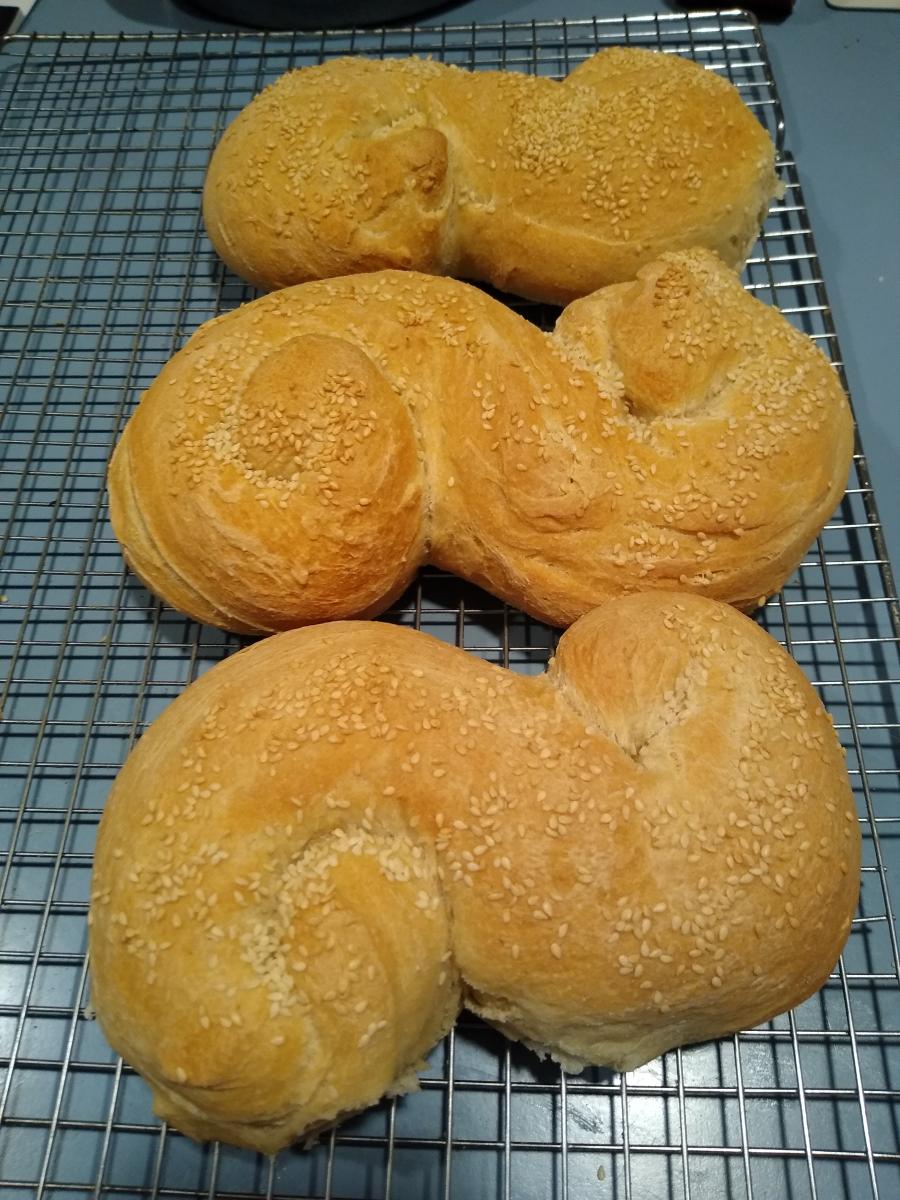
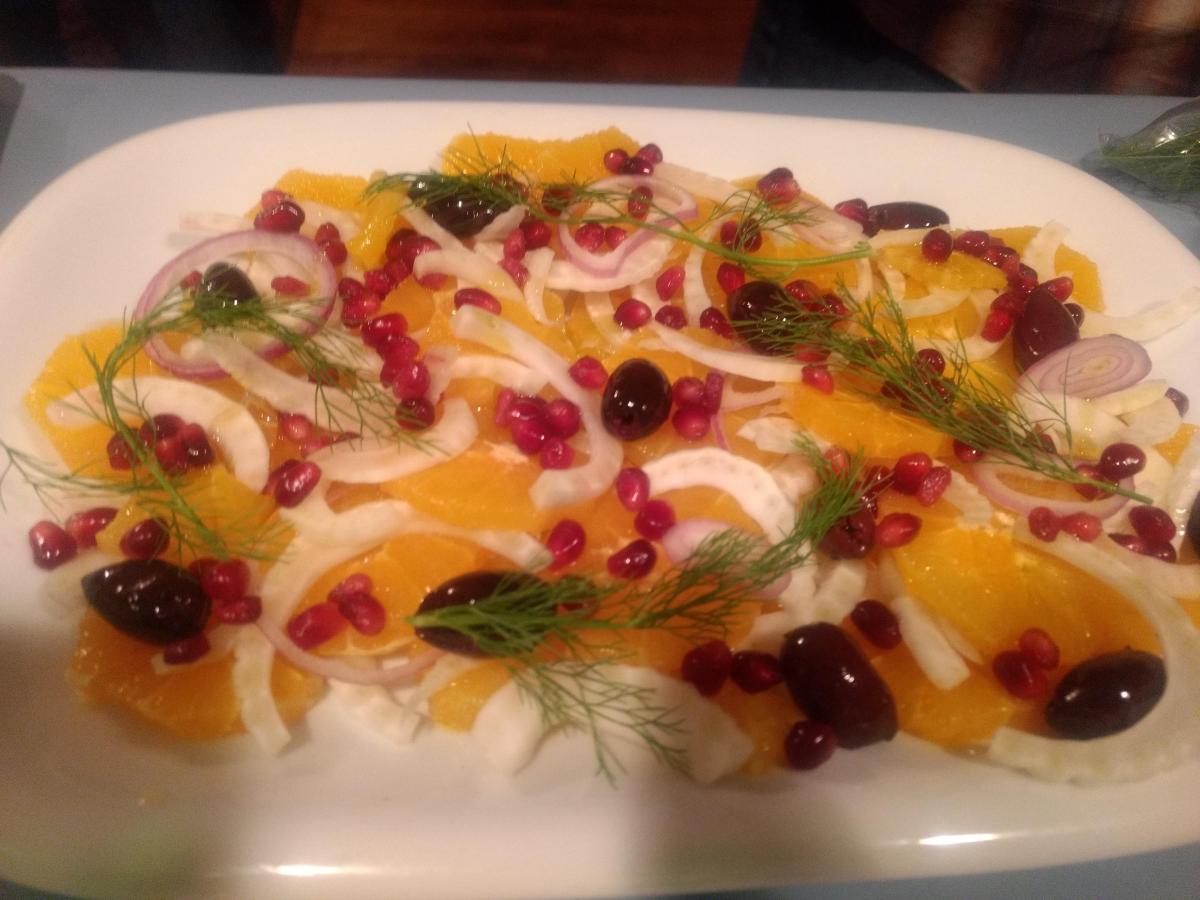
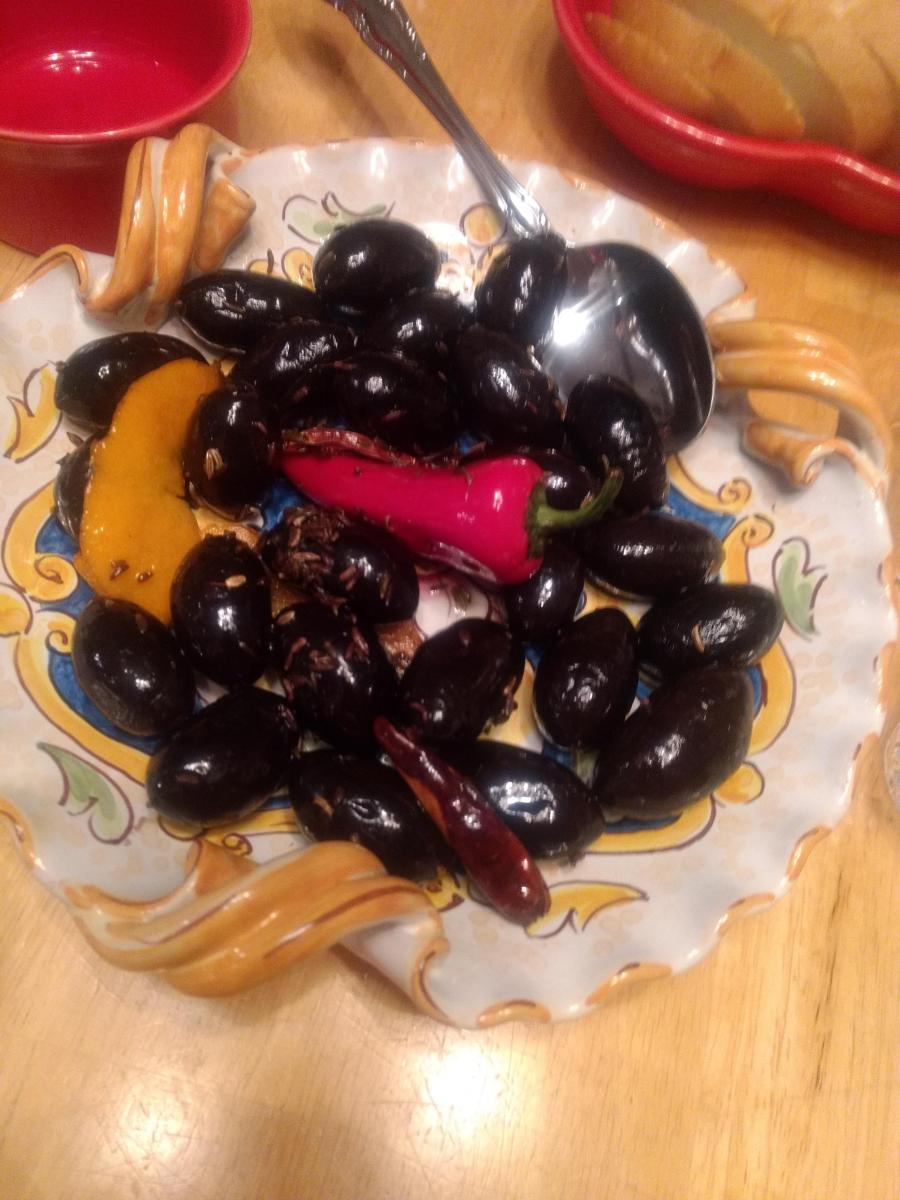
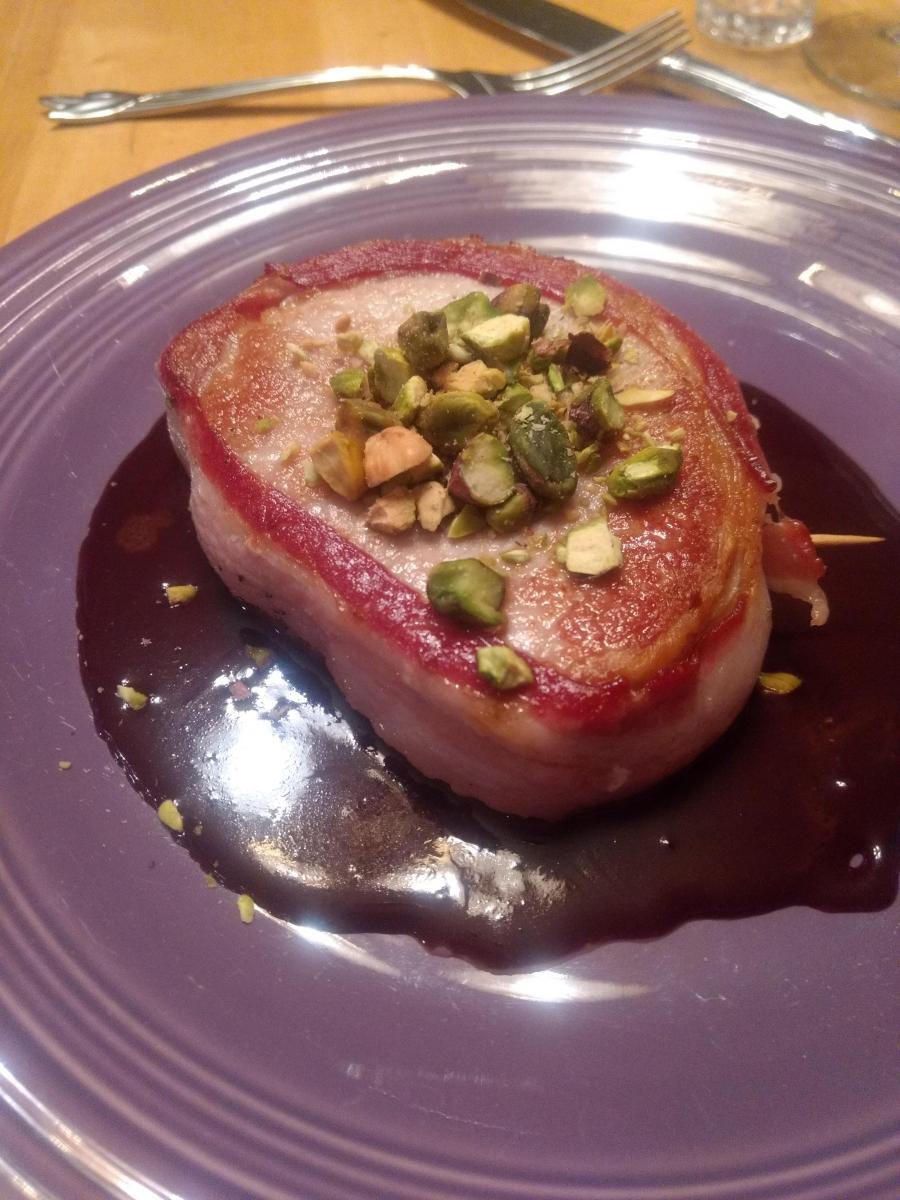 Maiale cu Cioccolatu is a Sicilian dish of pork loin with an exquisite savory rich chocolate sauce.
Maiale cu Cioccolatu is a Sicilian dish of pork loin with an exquisite savory rich chocolate sauce.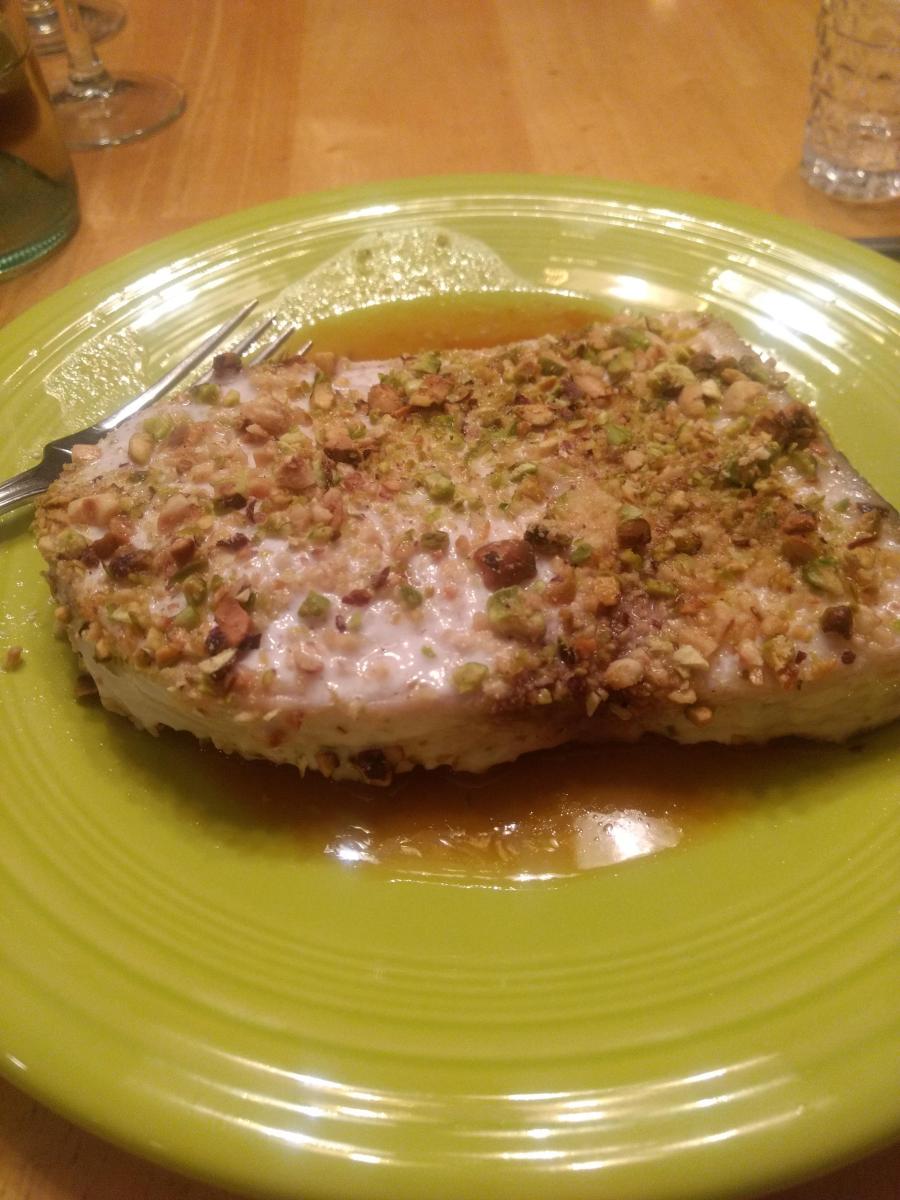 This dish, called (more or less) Pisci Spata in Crusta ri Fastuchi in
This dish, called (more or less) Pisci Spata in Crusta ri Fastuchi in 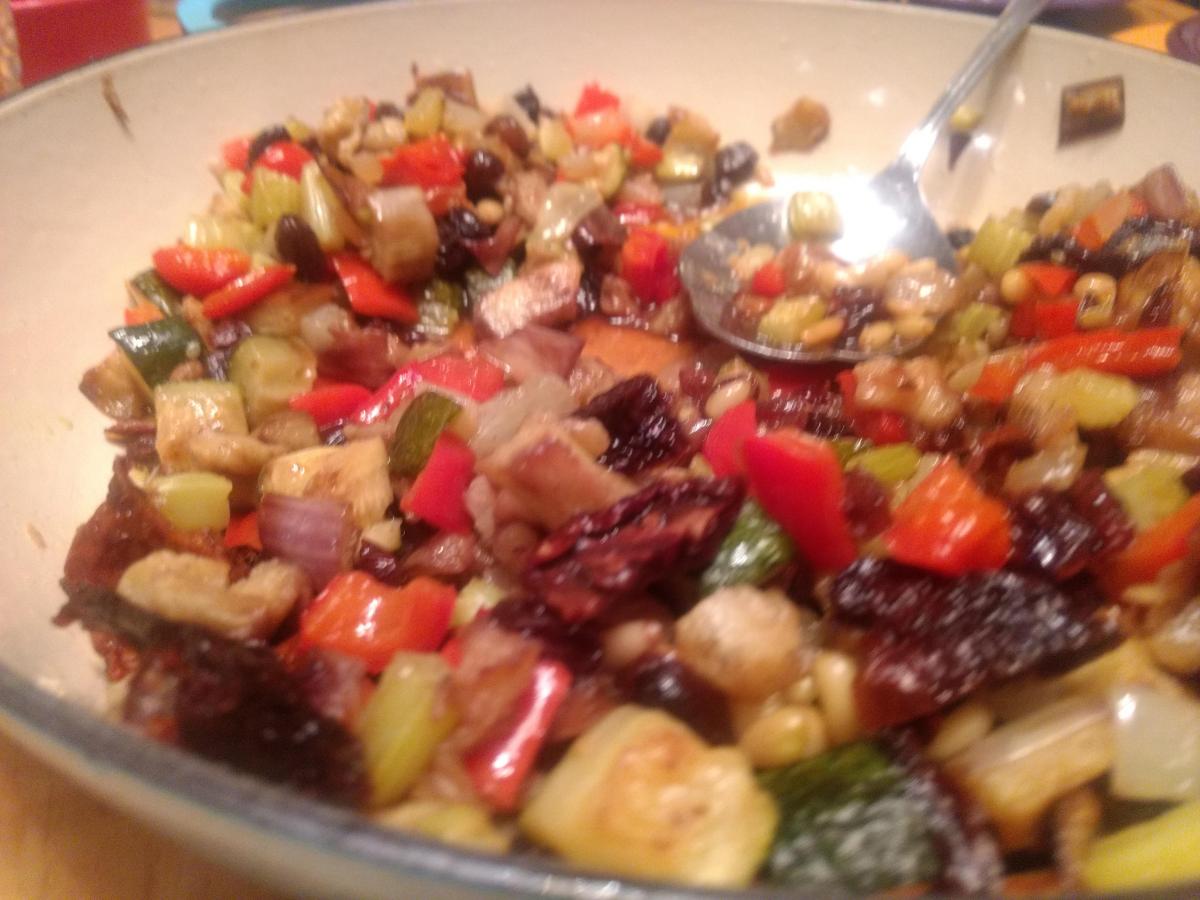
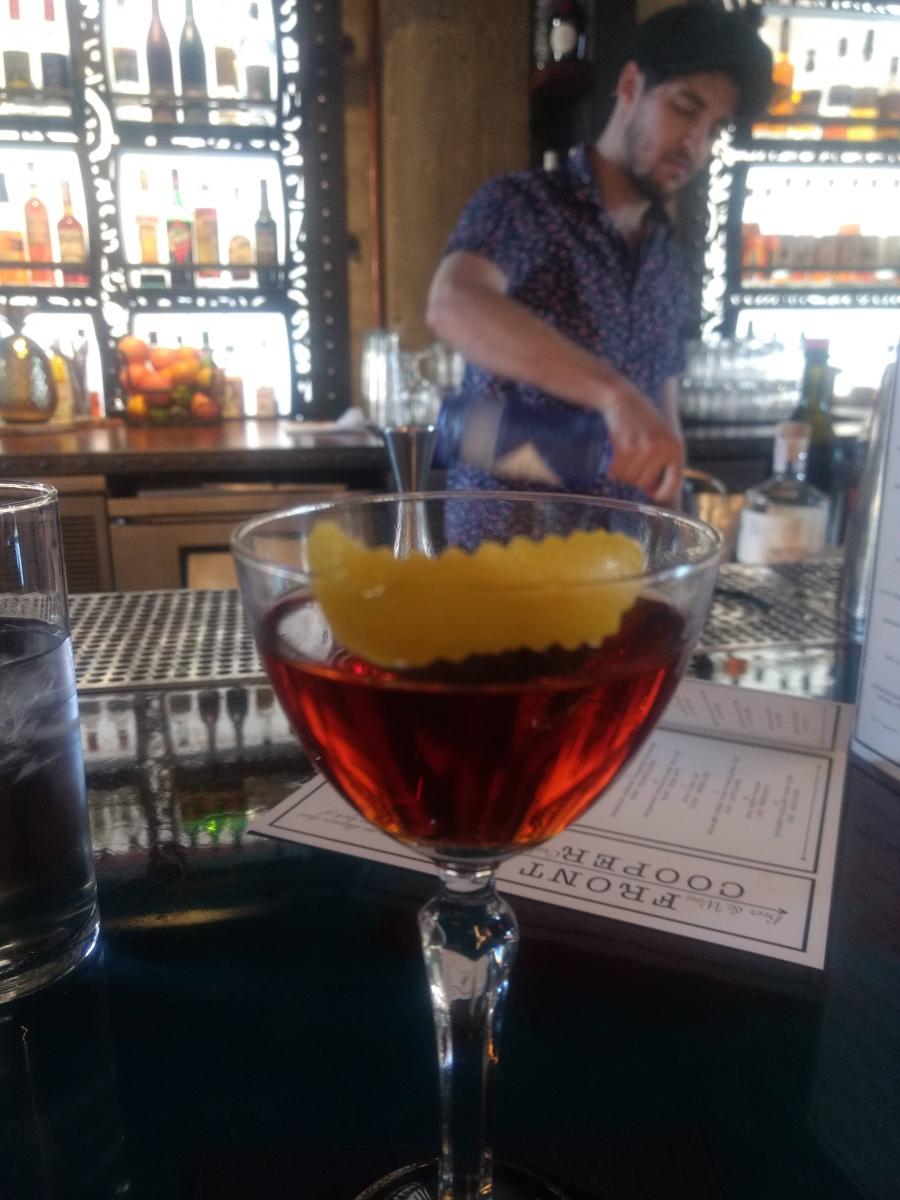
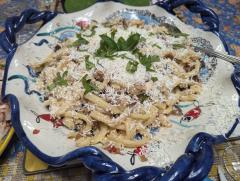
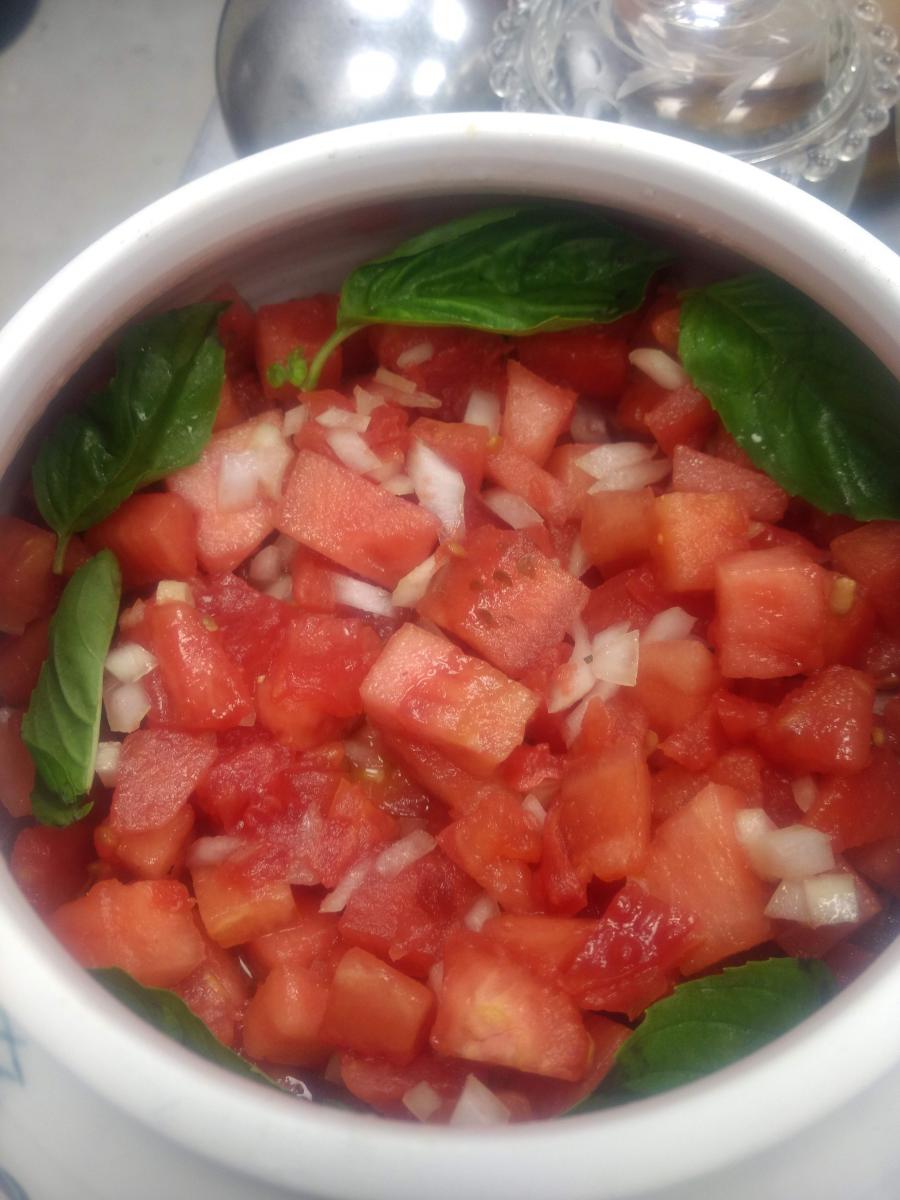 This strange-sounding summer-time salad came to my attention when I was planning a feast to celebrate the Kentucky Derby; something similar is made at a ritzy hotel at Churchill Downs.
This strange-sounding summer-time salad came to my attention when I was planning a feast to celebrate the Kentucky Derby; something similar is made at a ritzy hotel at Churchill Downs. 

